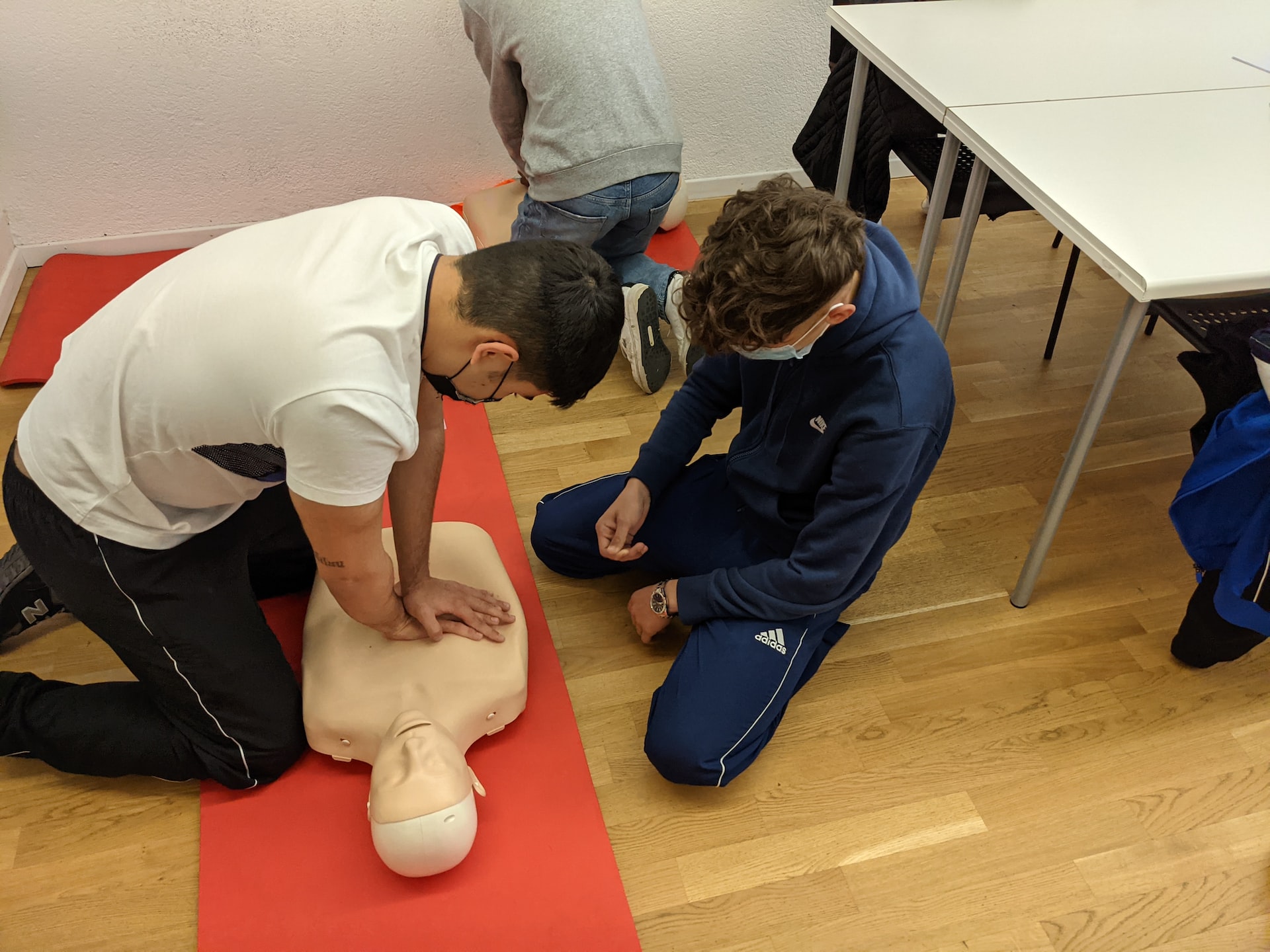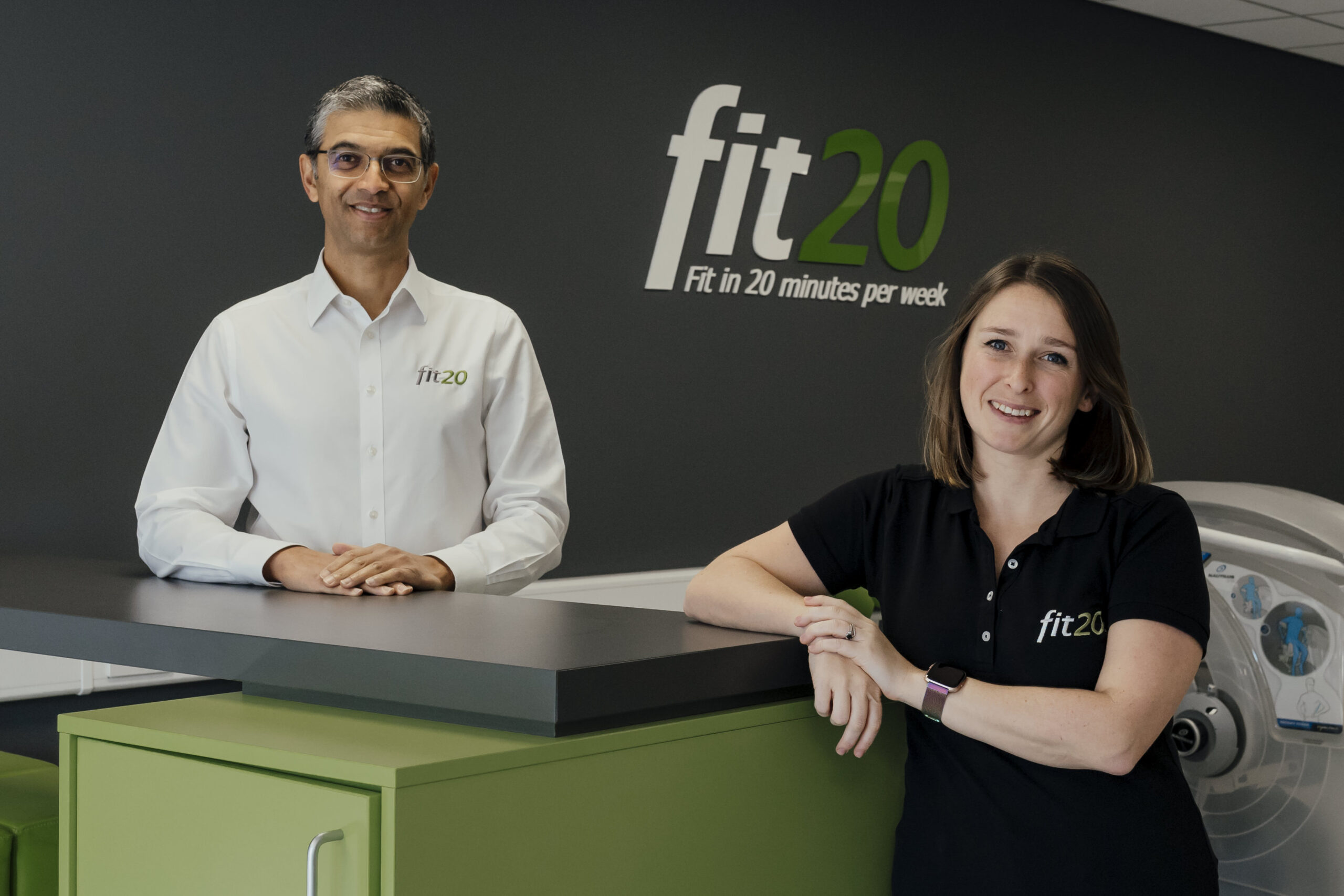
– Three reasons why learning first aid should be your New Year’s resolution
– Three things to bear in mind when choosing a course
CPR has seen an increased focus in recent years, following the collapse of footballer Christian Eriksen in the 2021 European Championships, who received life saving CPR and defibrillator treatment. According to the British Heart Foundation, less than 1 in 10 people survive an out-of-hospital cardiac arrest in the UK. Knowing how to carry out CPR during a cardiac arrest may save someone’s life.
2022 saw the introduction of CPR into the school curriculum in the 22/23 academic year, and the first aid experts at High Speed Training are encouraging Brits to start 2023 by learning the skills that could prove to be life saving in the new year.
Learning first aid is easy and affordable, and can put you in a position where you can save someone’s life. Everyone should have an awareness of first aid, which can be gained through practical or online training.
However, it’s important to note that to become a qualified first aider, you must have taken suitable practical training.
For those considering taking a first aid course in 2023, Catherine Hickabottom, Learning and Development Manager – Health and Safety at High Speed Training explains why you should take the leap.
1. You can help protect your friends and colleagues
Catherine says: “If you complete a practical course and become a qualified first aider, you’ll be in a position to be the first to respond to medical emergencies involving anyone from close friends, family members and colleagues, to strangers and members of the public.
“You’ll be a safety net for your home and workplace, and may possess the skills needed to help keep someone who is experiencing a medical emergency alive until help arrives, as well as being able to deal with more minor situations and prevent them from escalating.”
2. You’ll expand your skill set
Catherine comments: “If nothing else, learning CPR or first aid will allow you to expand your skill set and acquire a hugely impactful life skill. As a qualified first aider, you’ll become an important asset in your workplace or in any activities you participate in.”
3. You could save a life
Catherine explains: “Above all, becoming a first aider may give you the ability to help save a life in an emergency. Even in cases where the casualty requires hospital care and medical attention, receiving timely first aid can often make the difference when it comes to keeping someone alive, as was the case with Christian Eriksen, where immediate CPR and defibrillator treatment proved to be crucial.”
If that’s convinced you to learn first aid, Catherine has also shared their tips to help you get started.
Tips when learning first aid
1. Choose the right training provider
Catherine says: “If you’re getting started learning first aid, it’s important to make sure you choose a course that fits your needs. If you’re undertaking the qualification through your employer, then they will be responsible for choosing your provider and course, but if you’re choosing yourself, you have several options.
“Charities and organisations such as the Red Cross and St John’s Ambulance offer accredited first aid courses which often run in person.
Or, if you don’t need to hold a first aid qualification and only need awareness level training, or are looking for a refresher course or something to supplement your practical training, you could opt for an online course offered by providers such as High Speed Training.
“The most important thing when choosing your course is to make sure it’s from a reputable provider, and in compliance with health and safety regulations in relation to first aid.”
2. Choosing the right course
Catherine explains: “Deciding which course you’ll want to take depends largely on what you’ll need it for and what you want to learn. It’s important to be aware that you need to have undertaken a competency-based practical training course to become a qualified first aider.
“If you don’t need to be a qualified first aider, you could choose to take a CPR awareness course rather than a full first aid course, or you might require an awareness level paediatric first aid course if you work with children.
“Before choosing the course you want to take, read through the syllabus and make sure it will equip you with all the skills you’ll require.”
3. Remember to refresh your skills
Catherine says: “It’s important to remember that a first aid qualification does not cover you for life, and you’ll be required to undertake practical requalification training every three years to remain a qualified first aider.
“You should also note that three year requalification courses are a minimum requirement, and the HSE recommends you undertake annual refresher training to keep fully up to date. Your annual refresher training can be completed online.”
For more information about High Speed Training and the first aid courses they offer, visit: https://www.highspeedtraining.co.uk/



